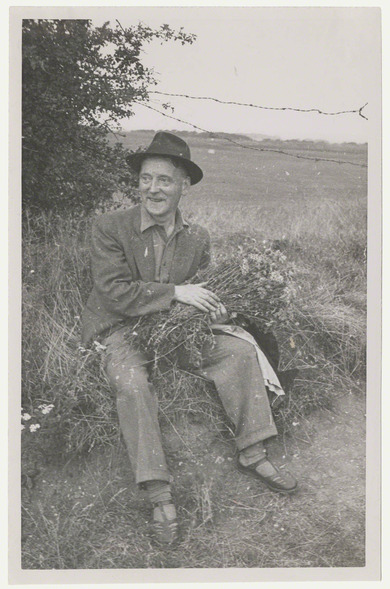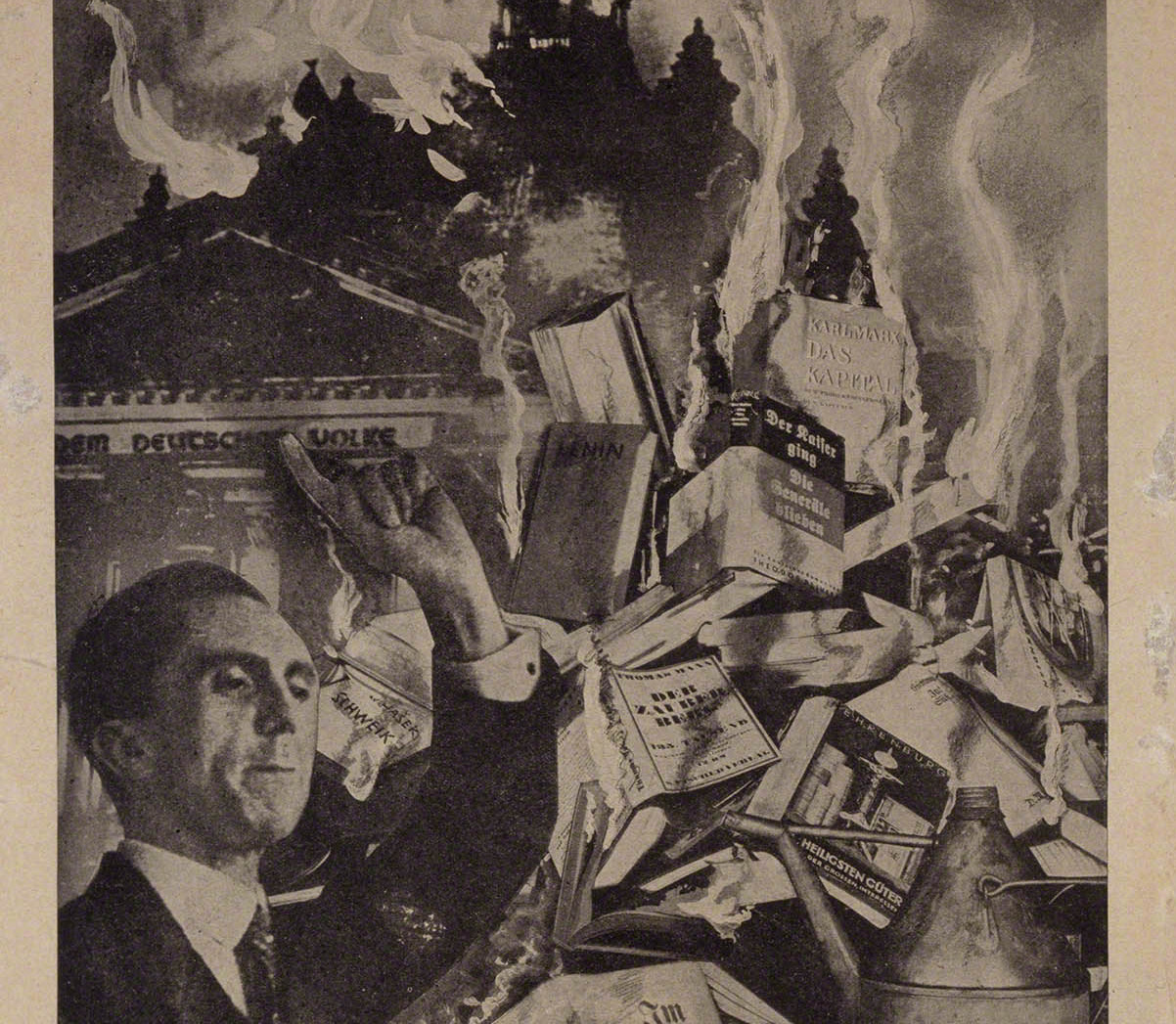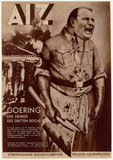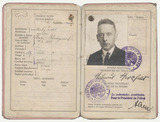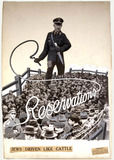John Heartfield(Helmut Herzfeld)
[Der] produktive Jähzorn hat ihn bei verschiedenen Anlässen, vor allem bei der Arbeit, zeitlebens begleitet.
[[The] sudden rage of production accompanied him in various situations throughout his whole life, particularly while working. (ed. trans.)]
Wieland Herzfelde on his brother John Heartfield, 1962
| Born | on 19 June 1891 in Schmargendorf, Germany |
|---|---|
| Died | on 26 April 1968 in Berlin, Germany |
| Exile | Czechoslovakia, Great Britain (United Kingdom) |
| Remigration | German Democratic Republic |
| Profession | Painter, Graphic designer, Illustrator |
“We noticed, or maybe I noticed in particular, that the pencil was too weak to convincingly hammer it home to people what one had to say at the time.” (ed. trans.) (John Heartfield, radio interview, 1966) Heartfield saw his art as a tool in the fight for what was right. For him, that meant the Communist revolution. During the First World War, a short period of service, daily life during war and growing nationalism led Heartfield to become political. He translated his name into its English equivalent as a protest against the anti-English war propaganda, and aligned himself with critical artists such as Else Lasker-Schüler and Erwin Piscator. In 1918 he joined the Communist Party of Germany immediately after it was founded.
Together with George Grosz, he developed the political photo montage. The trained painter and graphic designer Heartfield was the first to use the technique of putting together various photographs and texts to form a collage – a medium also used by other artists in the Dada movement, which he was a member of. Using this technique he designed books for political publishing houses such as the Malik-Verlag owned by his brother Wieland Herzfelde, created graphics for Communist magazines such as the popular Arbeiter Illustrierte Zeitung (AIZ) and made placards and propaganda material for the Communist Party's election campaign. Heartfield mostly used a satirical style for his photo montages and countered his opponents with mocking derision. The Nazis were one of his early adversaries. When they took power in 1933, Heartfield escaped to Prague, where his brother and other friends were already residing. In 1938 he fled to London, where he was imprisoned as a foreign alien for several years after the outbreak of war. He was unable to build upon his artistic successes. In 1950 he emigrated to his brother in the German Democratic Republic, where he was restricted by the cultural politics for many years, only being accepted into the Academy of Arts in 1956.
Further reading:
Akademie der Künste Berlin zu Berlin / Landesregierung Nordrhein-Westfalen / Landschaftsverband Rheinland (Hg.): John Heartfield. Köln: DuMont 1991
Honnef, Klaus (Hg.): John Heartfield: Dokumentation. Reaktionen auf eine ungewöhnliche Ausstellung. Köln: DuMont 1994
Schätzke, Andreas: Rückkehr aus dem Exil: Bildende Künstler und Architekten in der SBZ und frühen DDR. Berlin: Reimer 1999

